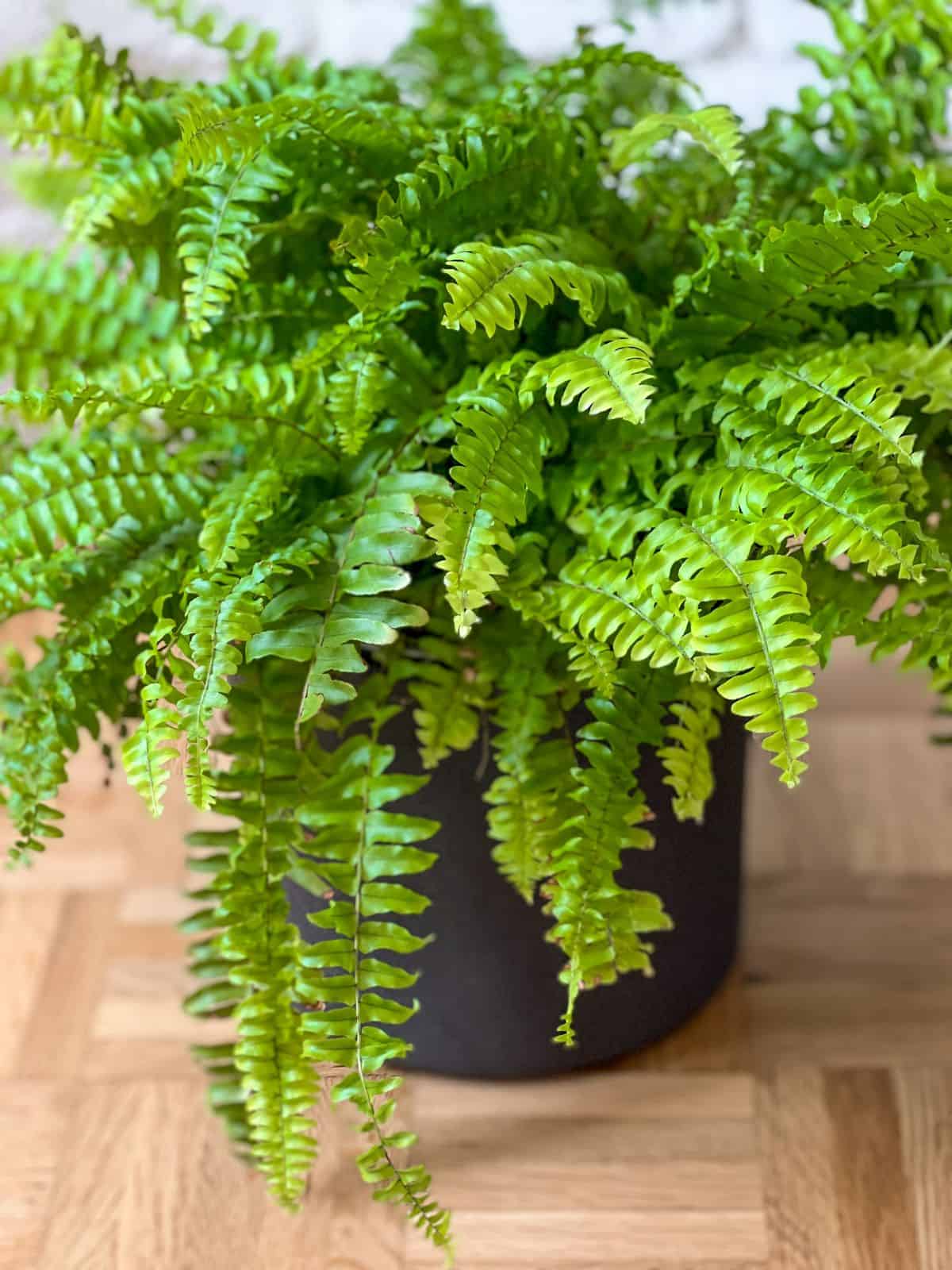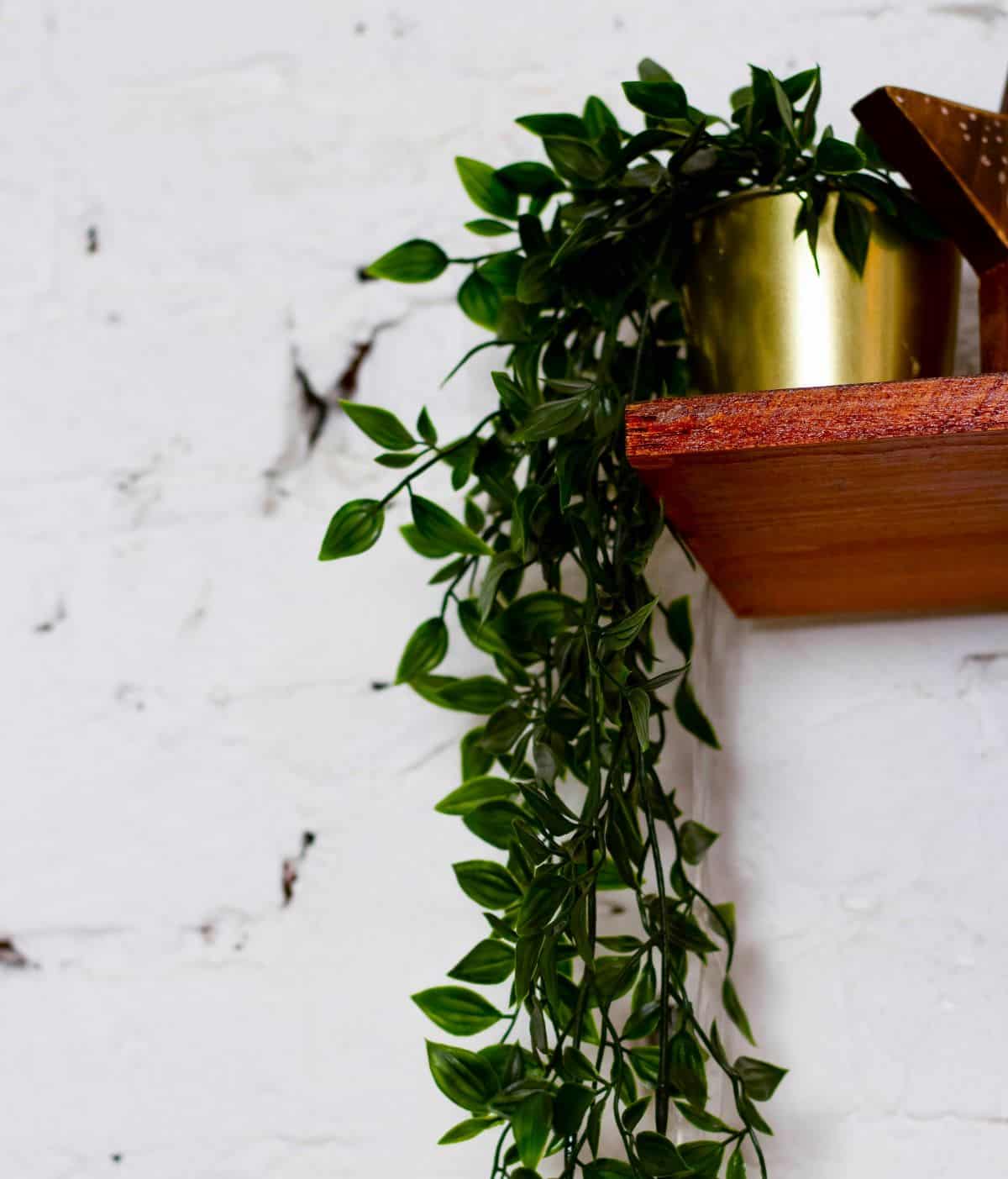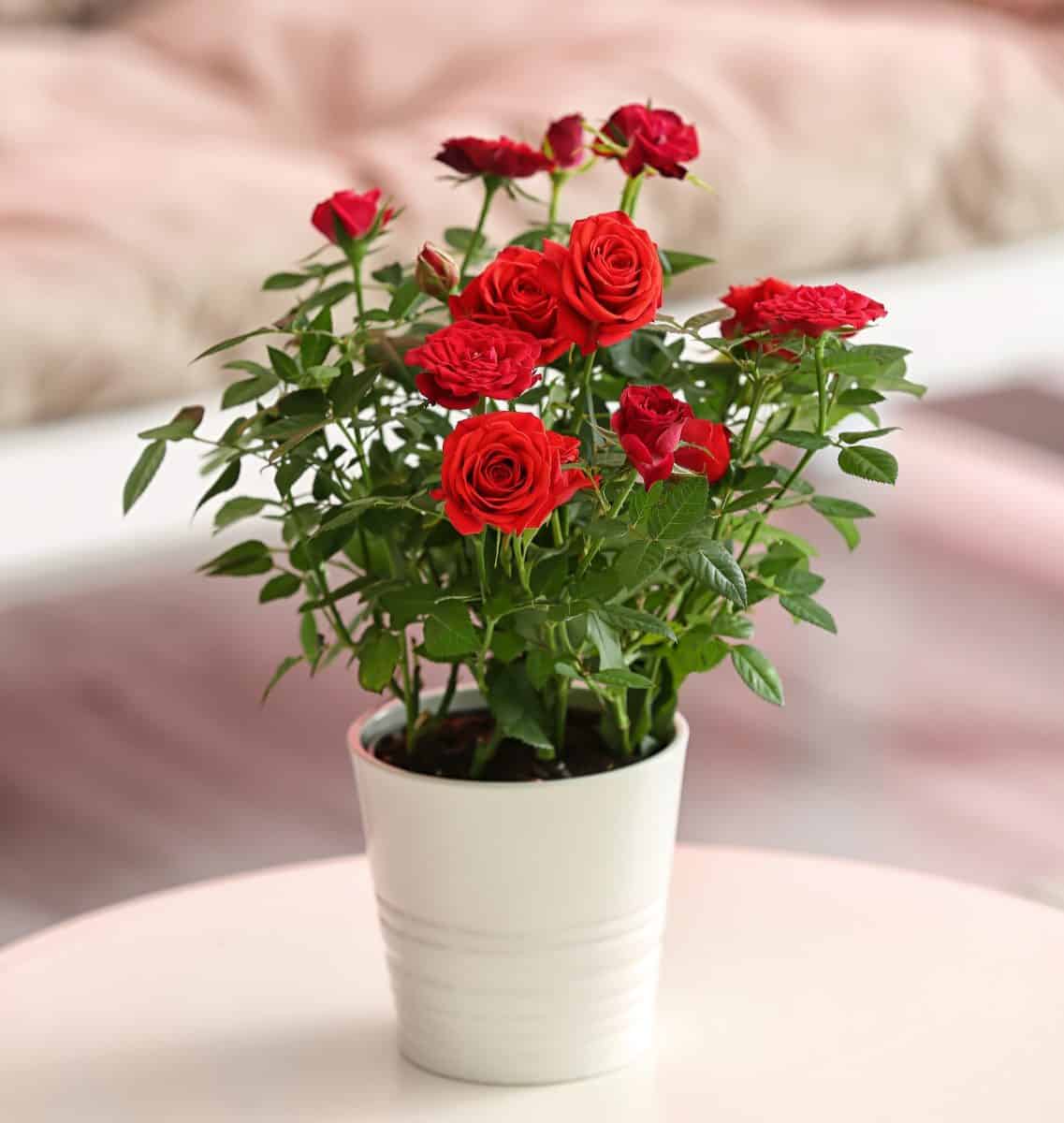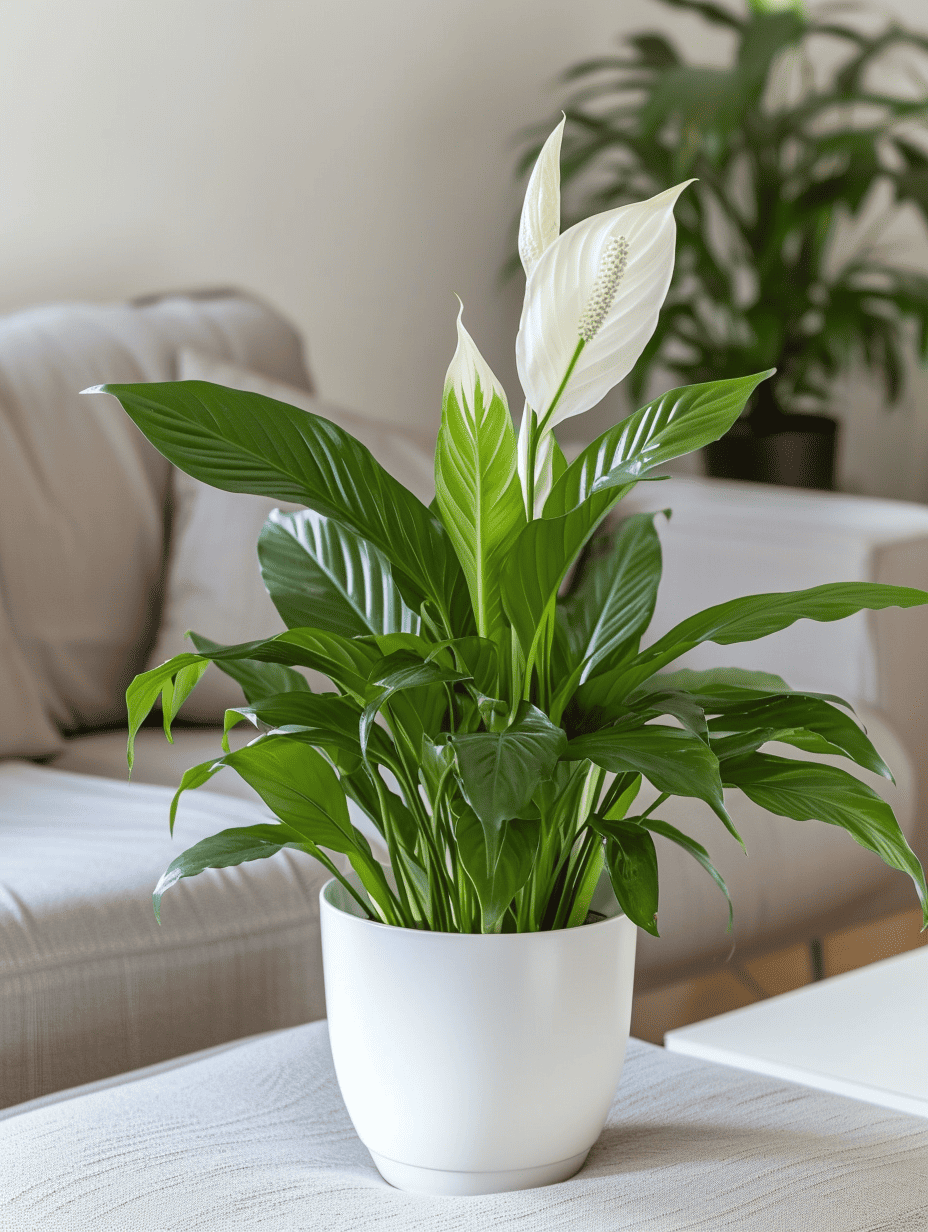With their sculptural shapes and drought-tolerant nature, succulents add nice contrast and texture when paired with other indoor greenery. However, some classic houseplants are actually incompatible neighbors for succulents due to major differences in care.
Before placing your latest haul of echeverias and agaves next to other plants, make sure you avoid these 5 varieties that just don't play nice with succs!
1. Boston Fern
Also known as "Sword Ferns," Boston Ferns are celebrated for their vibrant, feathery fronds, creating a lush, green aesthetic in any indoor space. They excel in environments with high humidity, ideally around 60% or higher, which is significantly more moist than the dry conditions succulents prefer.

This disparity in humidity requirements can be problematic when these plants are placed in close proximity. For succulents, high humidity levels increase the risk of fungal diseases and root rot, as their native arid habitats do not prepare them for such moist conditions.
Furthermore, Boston Ferns require consistent moisture both in the air and soil, which is in direct contrast to the infrequent watering needs of succulents.
Overwatering is one of the most common issues with succulent care, and placing them near moisture-loving plants like Boston Ferns can inadvertently raise humidity levels in their immediate environment.
This can lead to various health issues for succulents, including weakened root systems and an increased likelihood of pest infestations, as pests often target weakened or stressed plants.
2. Orchids
Orchids, renowned for their stunning and diverse flowers, are a favorite among indoor plant enthusiasts.
These plants flourish in humid conditions, requiring humidity levels of 50% to 70% to thrive.

When grown next to succulents (which are adapted to dry environments), the high humidity needed for orchids can create a microclimate that is too damp for succulents. This can lead to the succulents suffering from rot, as their thick, fleshy leaves are not adapted to handle excessive moisture.
Read more: 5 Tragic Results of Using the Wrong Soil for Your Succulents
In addition to their humidity needs, orchids also require a different watering schedule compared to succulents.
While succulents need a 'soak and dry' method with less frequent watering, orchids often need more consistent moisture, depending on their variety.
The contrasting watering needs can make it challenging to maintain optimal conditions for both types of plants when placed together, potentially leading to overwatering and subsequent health problems for the succulents.
3. English Ivy
English Ivy is famed for its elegant, trailing vines and ability to adapt to various indoor environments, including low-light areas. It can tolerate a wide range of humidity levels, from 40% to 70%.

This adaptability, while beneficial for the ivy, can pose a threat to nearby succulents. The fast-growing nature of English Ivy means it can quickly overshadow succulents, depriving them of the crucial sunlight they need to thrive.
Lack of adequate sunlight can cause succulents to stretch out (etiolate) and lose their compact, healthy shape.
Furthermore, English Ivy's extensive root system can become invasive in shared pots or closely planted arrangements. This can lead to competition for nutrients and water, with succulents often losing out due to their slower growth rate and lower nutrient requirements.
Additionally, the dense foliage of ivy can create a microclimate that retains more moisture, further exacerbating the risk of fungal diseases in succulents.
4. Roses - Indoor Varieties
Indoor varieties of roses add a touch of elegance and fragrance to the indoor garden. However, they can attract pests such as aphids and spider mites, which are known to cause significant damage to plants.
These pests can easily migrate from roses to nearby succulents. Succulents, with their fleshy leaves and stems, can be particularly vulnerable to pest infestations, which can lead to stunted growth, leaf damage, and in severe cases, the death of the succulent.

The care regimen for indoor roses, including their need for specific soil types, regular watering, and potential for high fertilizer use, can create conditions unsuitable for succulents.
Excess moisture from watering roses can lead to increased humidity, while fertilizer runoff can alter the soil composition, making it less ideal for succulents that prefer a more arid, well-draining environment.
5. Peace Lily
The Peace Lily is a popular houseplant known for its lush foliage and striking white blooms. It thrives in medium to high-humidity environments, with ideal humidity levels above 50% to 60%. Such conditions are far from the natural habitat of succulents, which prefer dry air.

When placed in close proximity to a Peace Lily, succulents can be subjected to excessive humidity, leading to issues such as leaf rot and fungal infections.
The damp conditions favored by the Peace Lily can create a breeding ground for mold and mildew, which are harmful to succulents.
In addition, Peace Lilies typically require more consistent watering than the 'soak and dry' method preferred by succulents.
This difference in watering needs can complicate care routines when both plants are in close proximity, potentially leading to overwatering of the succulents.
The Peace Lily's preference for lower light conditions can also be problematic if it results in insufficient light for the succulents, hindering their growth and overall health.
Succ-Incompatible Species - Steer Clear!
When it comes to indoor plant pairings, contrast can work beautifully - as long as all the plants have compatible care needs.
While succulents make great companions for cacti and other arid-adapted plants, housing them beside moisture-loving, high-humidity-requiring varieties like these 5? That's just asking for trouble.
Save yourself the headaches and keep the succs away! If you're looking for lush, pet-friendly greenery to complement your collection, opt for low-maintenance options like pothos, philodendrons, or ZZ plants instead. Happy planting!
